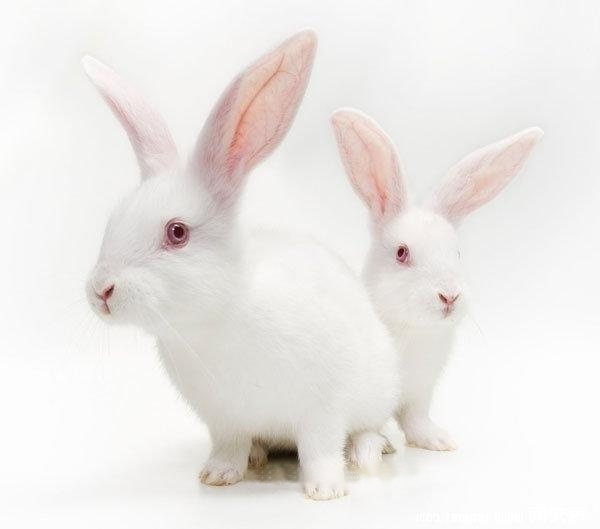
Keep warm from cold
Before the cold wave comes, in addition to leaving the necessary ventilation holes, block the gaps where cold air can penetrate, and hang grass curtains on doors and windows. Open the doors and windows at noon on a small sunny day to facilitate the air circulation in the rabbit house. At night, indoor caged rabbits can burn a stove to keep the rabbit warm, and often change the bedding in the cage to keep the temperature in the cage appropriate, dry and comfortable. Room temperature should always be maintained at 5 ℃ ~ 10 ℃.
Increase the feeding amount
The winter climate is cold, the green feed is lacking, and the rabbits are physically exhausted, so they should be fed with high-protein, high-energy concentrated feed, green vegetables, carrots, etc. The feeding amount should be 1/3 more than other seasons. If green fodder is lacking, poplar branches, willow branches and elm branches can be used instead. The hay is soaked in warm water (also can be soaked in 0.05% potassium permanganate water) to soften before feeding, and supply enough warm water at about 35 ℃.
Timely shearing
Winter is the season for producing super wool. When the hair reaches the first-class standard, choose sunny weather for shearing, and avoid shearing when it rains, snows, and cold currents come. Generally, only long hair is collected, short hair is reserved, and abdominal hair is less collected to prevent the rabbit from getting cold. After shearing, rabbits are prone to colds and colds, so keep warm within 1 week after shearing.
Strengthen exercise
House rabbits should exercise at any time; caged rabbits should choose sunny weather with little wind every week, and put them in sunny, leeward, fresh air. Exercise on the sports field several times for two hours each time; for rabbits raised in the cellar, if the light in the cellar is not good, choose a good day and exercise in the sun, no less than twice a week.
Good hygiene
In winter, the incidence of bacterial diseases in rabbits is low, but parasitic and viral diseases are often prone to outbreaks. In addition, rabbits are prone to colds, constipation and frostbite. Therefore, the rabbit house should be cleaned frequently, the food bowl should be cleaned, the cages, tableware and the house should be kept clean and hygienic to prevent the rabbit house from getting wet, and the bedding in the cage should be replaced once every 3 to 5 days. , It is strictly forbidden to feed frozen feed or frozen water, snow, etc.
Do a good job in winter breeding
The male and female rabbits should maintain a medium body condition, and the male rabbits should be raised indoors with a room temperature of not lower than 10 ℃. Breeding should be carried out at noon with no wind and sunshine. . Breeding female rabbits should try to feed some green fodder, germinated barley or add vitamin E to the feed to promote normal estrus of female rabbits. In order to improve the survival rate of young rabbits, breeding methods such as plastic greenhouses, semi-underground rabbit houses, indoor and mother-child separation can be used. Rabbits should be raised in a greenhouse at about 20°C before weaning.
![[Dog Training 5] The training method of pet dog dining etiquette](/static/img/12192/12192_1.jpg)




